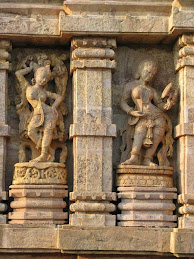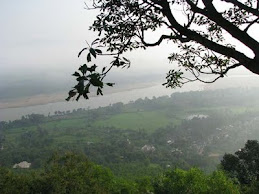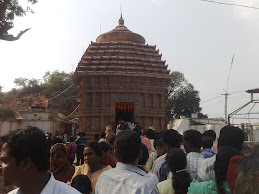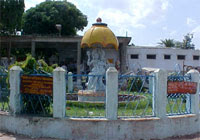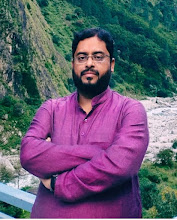By Ram Prasad Tripathy
The Chaitra Yatra at Tara-Tarini also known as Chaitra Mela is observed in the month of Chaitra. It is one of the biggest fairs, taking place in India during the Hindu month of Chaitra (i.e. mid March-mid April according to the English calendar) and huge congregation takes place at the Tara Tarini Shakti Peetha in Ganjam district of Odisha.
It is believed that the Tara Tarini Shrine is one of the oldest pilgrimage centers of Mother Goddess and is one of the four major ancient Shakti shrines in India. The Hindu religious texts recognize four major Shakti Peethas at Bimala (Pada Khanda) inside the Jagannath Temple, Puri; Tara Tarini (Sthana Khanda), near Berhampur; Kamakhya (Yoni khanda), near Guwahati; and Dakshina Kali (Mukha khanda) in Kolkata. Puranas believe that there are 51 sacred Shakti Peethas and 26 Upa Peethas originated from the limbs of Mata Sati’s corpse in the Satya Yuga after the Daksha Prajapati’s Yajna.
Lakhs of devotees, sadhus, Sanyasis and Shakti Upasakas come from various corner of the world in order to take a dip in the holy Rushikulya River and have darshan of the twin Goddess Maa Tara Tarini. Grand congregations take place on the famous Tuesdays falling in the month of Chaitra.
The Chaitra Mela is significant for several reasons – Chaitra Mela is the longest fair celebrated at any Shrine in India which takes place for a period of one month. The four Tuesdays of the month are considered to be the most auspicious days to get Siddhi. Therefore, lakhs of devotees congregate during these days. Another unique feature of the Chaitra Mela is the mass feast by the devotees spread across the Shrine where thousands of people make food under open sky as an offering to the goddesses upon fulfillment of their wishes. This oldest form of Puja still survives at this shrine.
Another traditional form of Bhakti which is seen here is the mass tonsuring of Hair of newborn babies during this auspicious period to protect the newborns from all evils and ensure their well-being with Chaturbarga Phala (i.e. Dharma-Artha-Kama & Mokshya) throughout their life.












